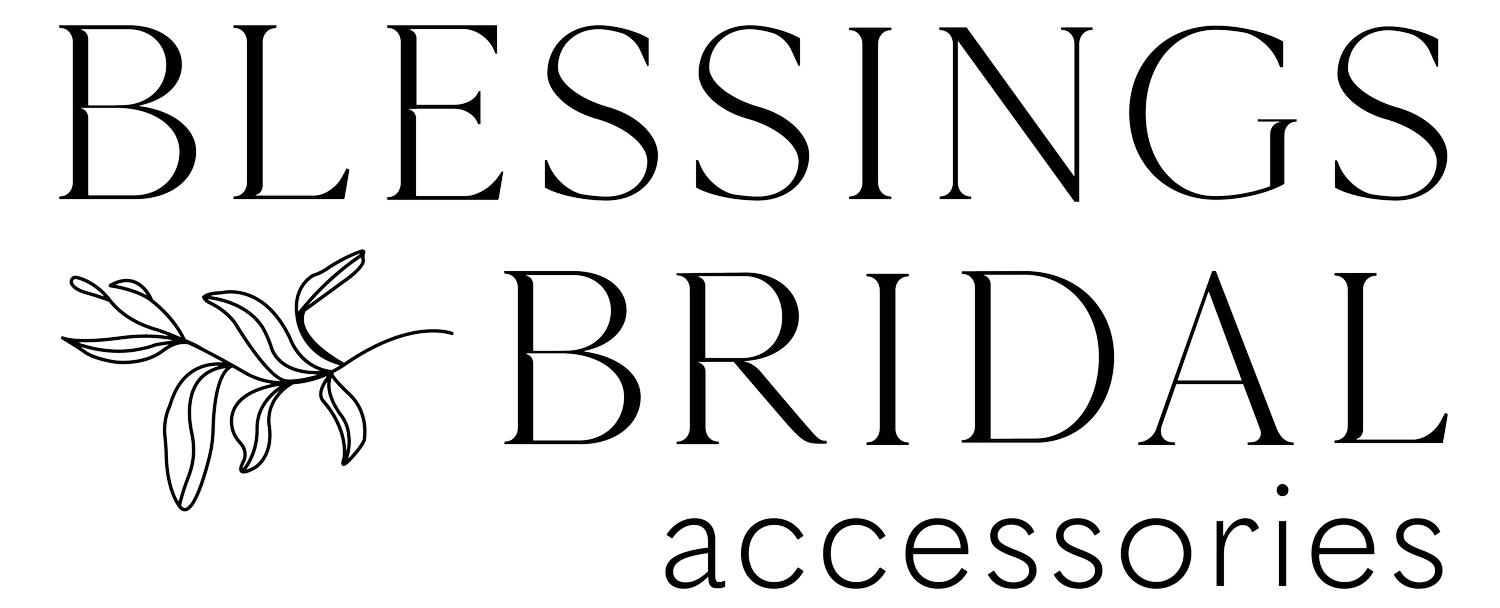Let’s Talk About the Gown
I’ve seen a lot of changes in bridal fashion over the last 20 years and brides today have more options than ever. From beaded mini dresses and sexy pant suits to regal gowns fit for a princess, the options are endless and can feel overwhelming.
Here are my tips for bridal gown shopping:
The Appointment
Go shopping with a maximum of 2-3 close friends or family members. I know, the bridal TV shows often feature a bride with a whole entourage of friends and family going to the appointment. This type of appointment can go downhill quickly because a lot of brutally honest opinions are being voiced which can crush a bride’s experience. Who’s taste do you trust and is similar to yours? Who’s going to be honest, but tactful? Those are the people that should be at the appointment. This is one of the most important garments you’ll ever choose, and your experience should be positive, enjoyable and memorable.
Think about your venue, your theme, the time of day and the season when choosing your gown. Gowns are typically purchased 6-12 months before the wedding so you might be shopping for a dress for your July wedding in January. If you’re getting married in the city you live in, you’ll have a good idea of what the weather will be like. If you’re marrying elsewhere, do some research about typical temperatures in that location around your wedding date. Heavier fabrics are great for a fall or winter wedding, but are too heavy for a wedding in July or August. Pinterest boards are great for gathering ideas, but I would narrow down your options to 4-5 gown styles you’d like to focus on.
Limit your shopping. Ooh, that’s a tough one, I know. If I were a bride looking for a gown, I would want to check out each and every bridal shop in the city. But here’s the problem. First of all, that’s just too many dresses. Most of them will probably be white or ivory and after a while they’ll all blur together. Do your research and once you know what you are looking for (designers you love, silhouettes that you like, a price range that fits your budget), do your homework about the stores in the city you live in. Check out their websites, see if they carry the designers you love, check out their reviews on Google and through the Better Business Bureau (check for reviews on alterations, and supplier delivery issues, and how the shop handled it).
Don’t try on a gown that is out of your price range. You have a certain amount to spend, so there’s no point in trying on a designer gown that’s out of your price range. If you fall in love with it, you’ll either buy it and feel guilty about the purchase, or you won’t buy it but everything else will feel like second best. In my mind, that’s a lose-lose situation.
What’s Best for You
Know your body and what looks good on it. Let’s be brutally honest here, we all have things about our bodies that we don’t like, but every single body has beauty to it. When’s the last time you stood in front of a mirror in your underwear and took a good, long look at each part? Ask yourself “what are the 5 things I love most about my body?” Jot them down. Then ask yourself “What is the 1 part of my body that I don’t want to bring attention to?” (notice that I didn’t say “thing I hate about my body”). Most of us don’t wear formalwear very often, and finding a gown that really showcases the parts of you that you are most confident about will help you feel your best. When trying on gowns, look in the mirror and ask yourself if this gown brings attention to the parts of your body you love the most. Do you feel beautiful wearing it?
What are the top 3 features you want most in a gown? Is it lace? A plunging back? A long train? For some of us, we’ve been dreaming about our wedding dress since we were little girls, and there’s a temptation to cram every single detail into that one dress. No. Just no. If you need a reminder why this doesn’t work, check out the Big Bang Theory episode where Amy finds her wedding dress.
Gown sizes are different. It’s weird really, a size 6 should be a size 6, but in the bridal world that’s not always the case. Each designer has their own size chart, and while you might typically wear a size 4, be prepared to order a different size when ordering your bridal gown. Don’t be disappointed if the size you order is your usual size, no one’s going to see the label anyway.
Protect Yourself
Read the contract carefully and make sure you hold onto a copy of it. It should clearly state what you purchased (Designer name, style number, size ordered, delivery date, deposit made and balance due), the cost, and the delivery date. Carefully read the fine print (deposits, refunds, etc.) and speak up about anything that doesn’t seem right. Contracts are negotiable and if you and the shop owner agree to remove or amend a clause, make sure both parties initial the changes.
Know what you bought. Weddings are a multi-billion dollar industry and like everything else, there are good bridal shops and bad bridal shops. When you place your order, take detailed photos of your gown (lace, beading, distinguishing features, back, train, etc.). It will be months before you pick up your dress, and you will want to make sure that what you bought is what you picked up. Once the dress is ready to be picked up, carefully inspect the dress to make sure it’s what you ordered (check the tag to make sure the designer, style number, color and size match what’s in your contract), it’s the right fabric, lace, and that there are no issues to deal with (for example: manufacturer defects). Try it on before you walk out the door with it. Mistakes happen, whether intentional or not, and once you walk out the door, your power to resolve the problem diminishes. Check your credit card’s consumer protection clauses and call them to discuss your purchase and what protection they offer regarding disputes for this type of purchase, and the timeline for filing a dispute. Put your final payment on a credit card, if there’s is a problem with the gown, you’ll have remedies you can count on.
Make sure your gown’s alterations are done by someone who knows what they’re doing. Most bridal shops have an in-house alteration department, as brides like the convenience of on site alterations and it’s a good source of income for the bridal shop. Ask the alterations person how long they’ve been doing bridal alterations, how long they’ve worked for the bridal shop to get a sense of their experience level. Bridal gown fabrics are delicate and can be difficult to work with, you want someone who knows how to handle fabrics, lace and beading and will respect the investment you’re making.
The Budget
Know your budget and stick to it. Whatever number you set aside for your wedding day look needs to include the dress, headpiece and veil, jewelry, undergarments, shoes and any other accessories you decide you’ll need. Those extras can get out of hand very quickly. Shopping for your dress is one of the most emotional purchases you’ll ever make, but you’ll need to balance emotion with cold, hard logic.
Be prepared financially. Bridal gowns are typically ordered from the manufacturer 6-12 months before the wedding date, and will require a 50% deposit. The other 50% will need to be paid in full before you can pick up the dress. When thinking about your budget, I suggest setting aside at least 10-20% for alterations. Bridal gowns ordered in a bridal shop are not made to your specific measurements but made to a size chart. It usually takes 2-4 months for a gown to come in, but most gowns still need alterations, like hemming, bustling a train or taking in a waist. When ordering your dress, the style of the gown will really affect the size you order. For example, if you are a curvier bride and chose a form fitting dress, you’ll need to order a size that fits your largest measurement (bust, waist, hip). If it’s going to be too tight, order the next size up. You can always take a gown in, but you really shouldn’t let a gown out, as the needle marks in the seams will be visible, the fabric may appear damaged, and the reduced seam allowance will increase the risk of tearing the gown. Once you’re close to placing an order, have your measurements taken, check the designer’s size chart and ask the bridal shop for an estimate for the alterations. The cost to alter can be significant and an unexpected expense if you didn’t budget for it.
Shopping for your bridal gown is one of the very best parts of bridal planning. I hope these tips help make it a wonderful and positive experience for you!

